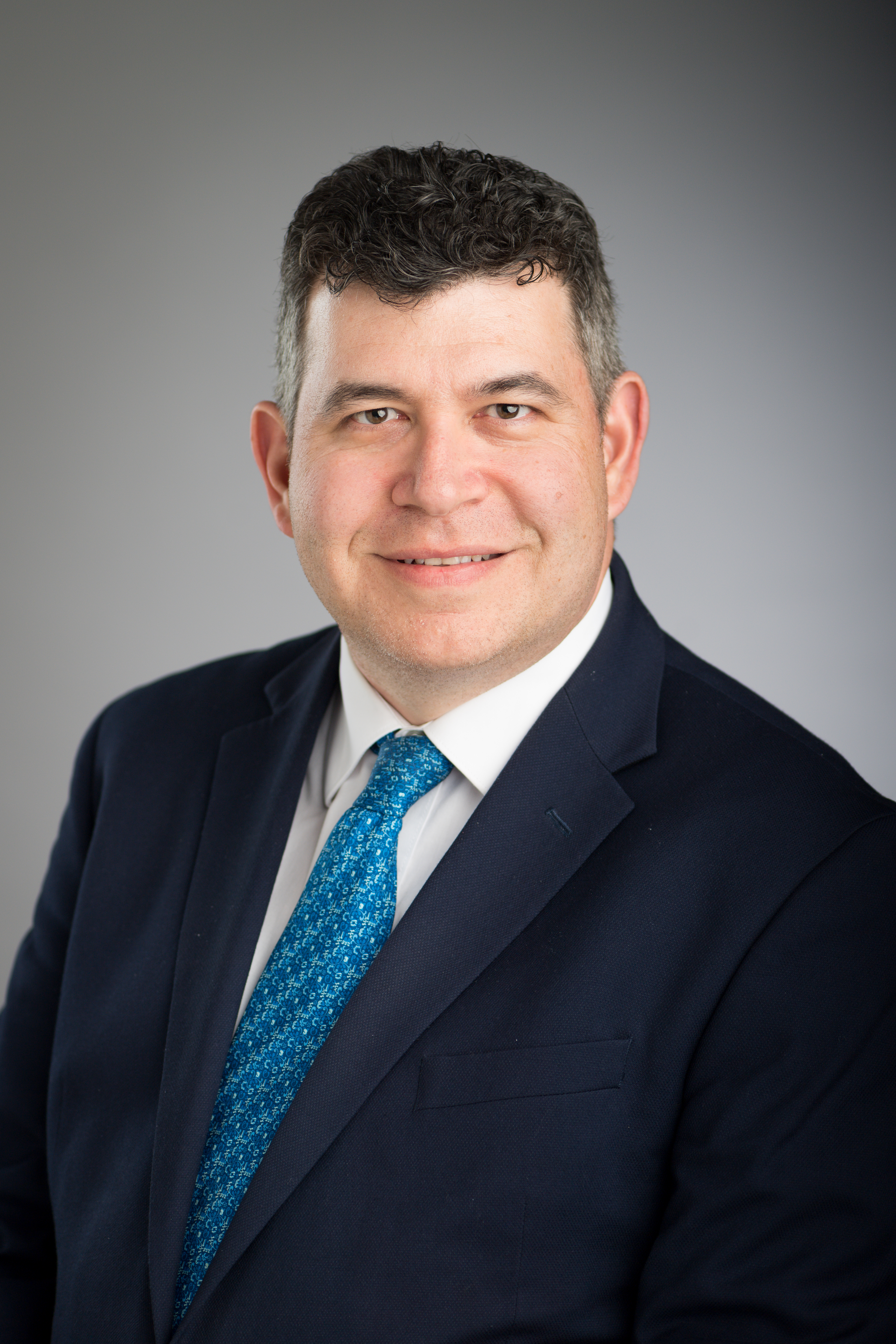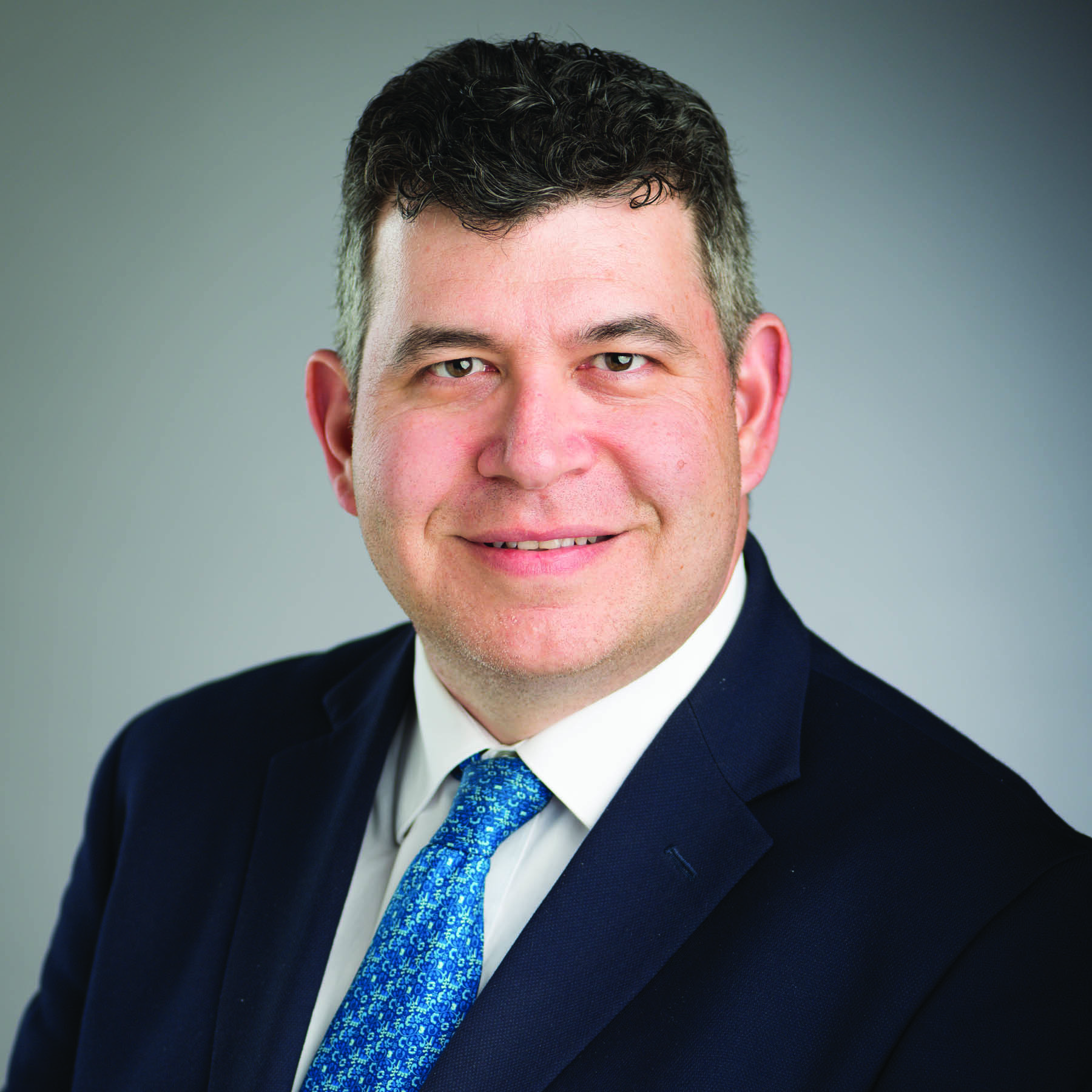Mark Cohen (Professor, Surgery; Pharmacology; and Biomedical Engineering, Medical School)

Grand rounds is a familiar clinical teaching tool in the health sciences: A small group of learners moves with an experienced provider from bedside to bedside, discussing patients’ cases. When the COVID-19 pandemic hit, this mode of education came to a screeching halt. Personal protective equipment was in short supply, and non-essential exposures with patients were curtailed.
Outfitting a single provider with augmented reality equipment, however, can bring learners to a bedside virtually, using 600% less PPE than an average in-person team. Not only was this safer, but new advantages for the quality of the interactions and instruction emerged. Patients weren’t discomfited by a looming mass of strangers. Learners could better visualize examinations and maneuvers in closer proximity. Providers could enrich the learning experience by mixing reality, juxtaposing useful imagery and information in the streamed visual field.
The technology’s power to mitigate boundaries of geography and time-constrained schedules opened new horizons for interacting with previously inaccessible patients and collaborating with experts from many disciplines across the world. Over 150 physicians and medical students from U-M and the Imperial College of London participated in an inaugural International Mixed Reality Grand Rounds in December 2020. A post-event survey revealed that all respondents were deeply excited about the potential to expand their learning environment and breadth of their knowledge through exposure to different global approaches, training, treatment options, and best practice guidelines for patient management.
Comments
The ability to see through the physician’s eyes allowed students to get closer to patients and observe exam findings that are usually too difficult to appreciate when standing in corners during rounds.
This innovation removes the obscurity of visualizing what an instructor may be pointing to or referencing.
Learners can review and compare patient cases and ask questions in real-time.
Medical learners of all levels were able to consult with and listen to the conversations of experts worldwide in real-time.
These interactive sessions can be recorded and stored to be used for years to come, to replace current one-dimensional didactic material.
The global pandemic fundamentally disrupted the way we deliver healthcare and medical education. Mixed reality extends the goals of the Michigan charter to increase Telehealth visits to better utilize our medical resources and minimize exposure risk.
The Medical and Surgical Extended Reality initiative has grown to include over 50 faculty, residents and medical students from 12 U-M clinical departments, and it has created collaborations with the School of Nursing, the School of Education, and the Center for Academic Innovation.





